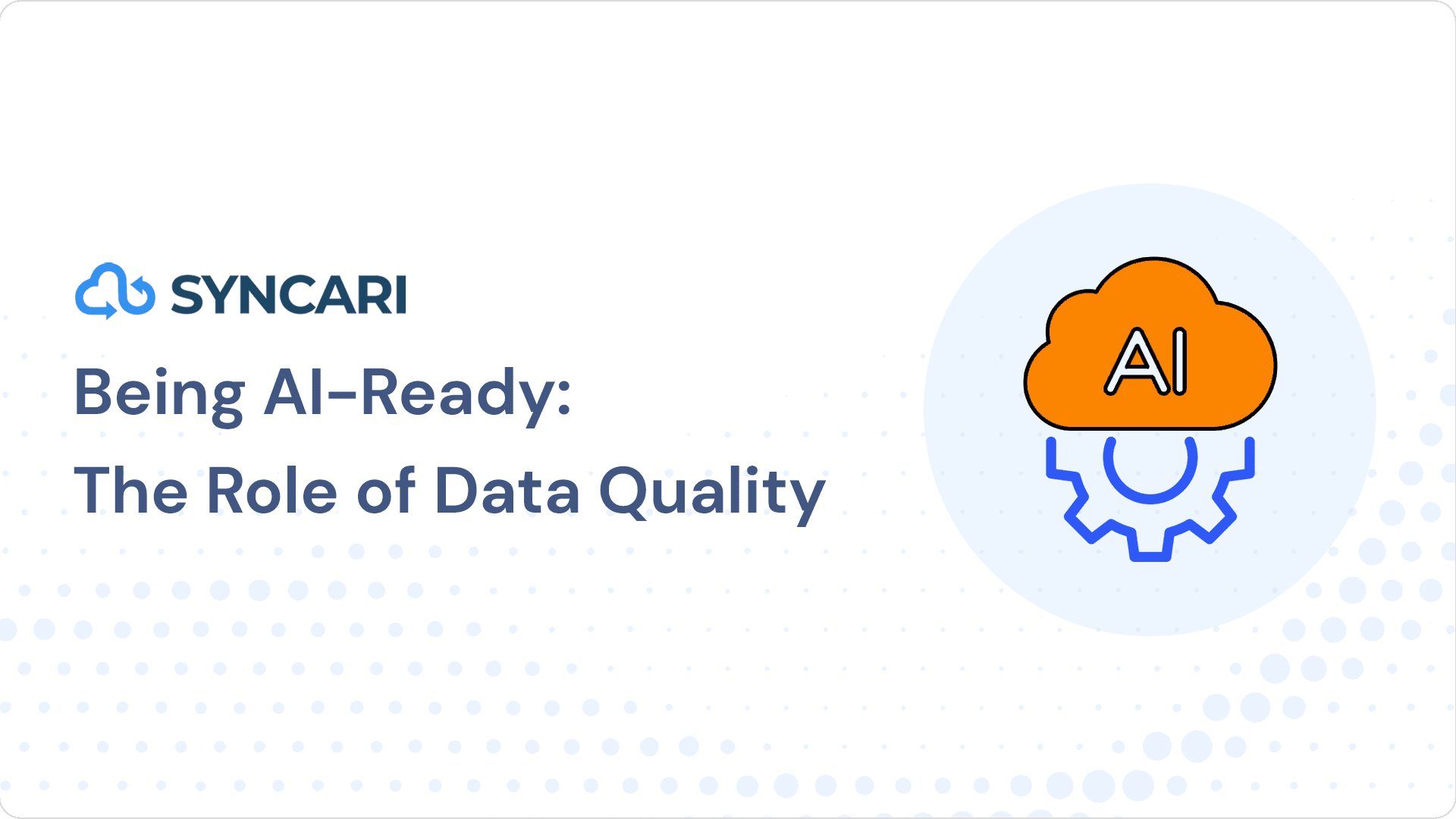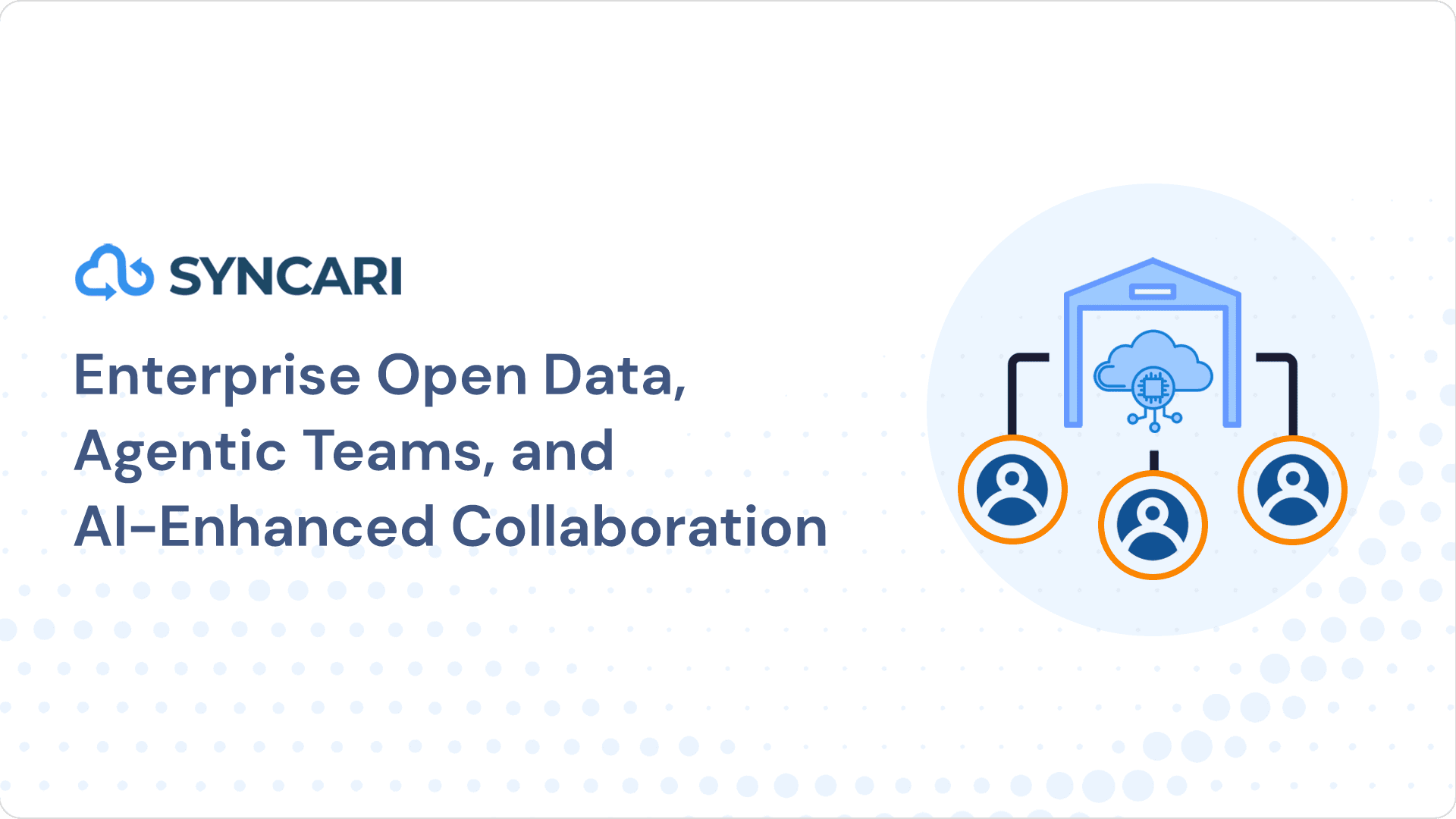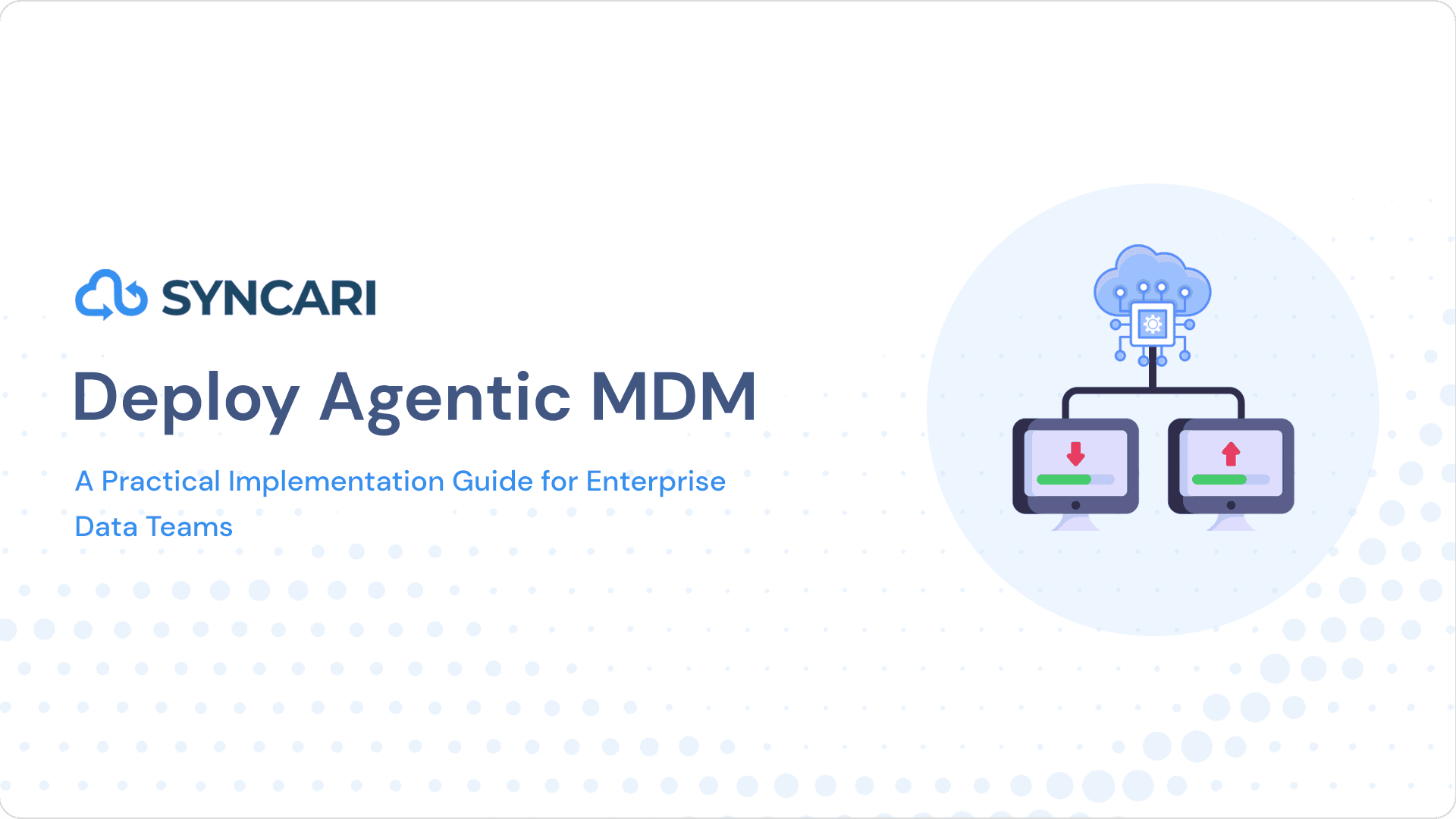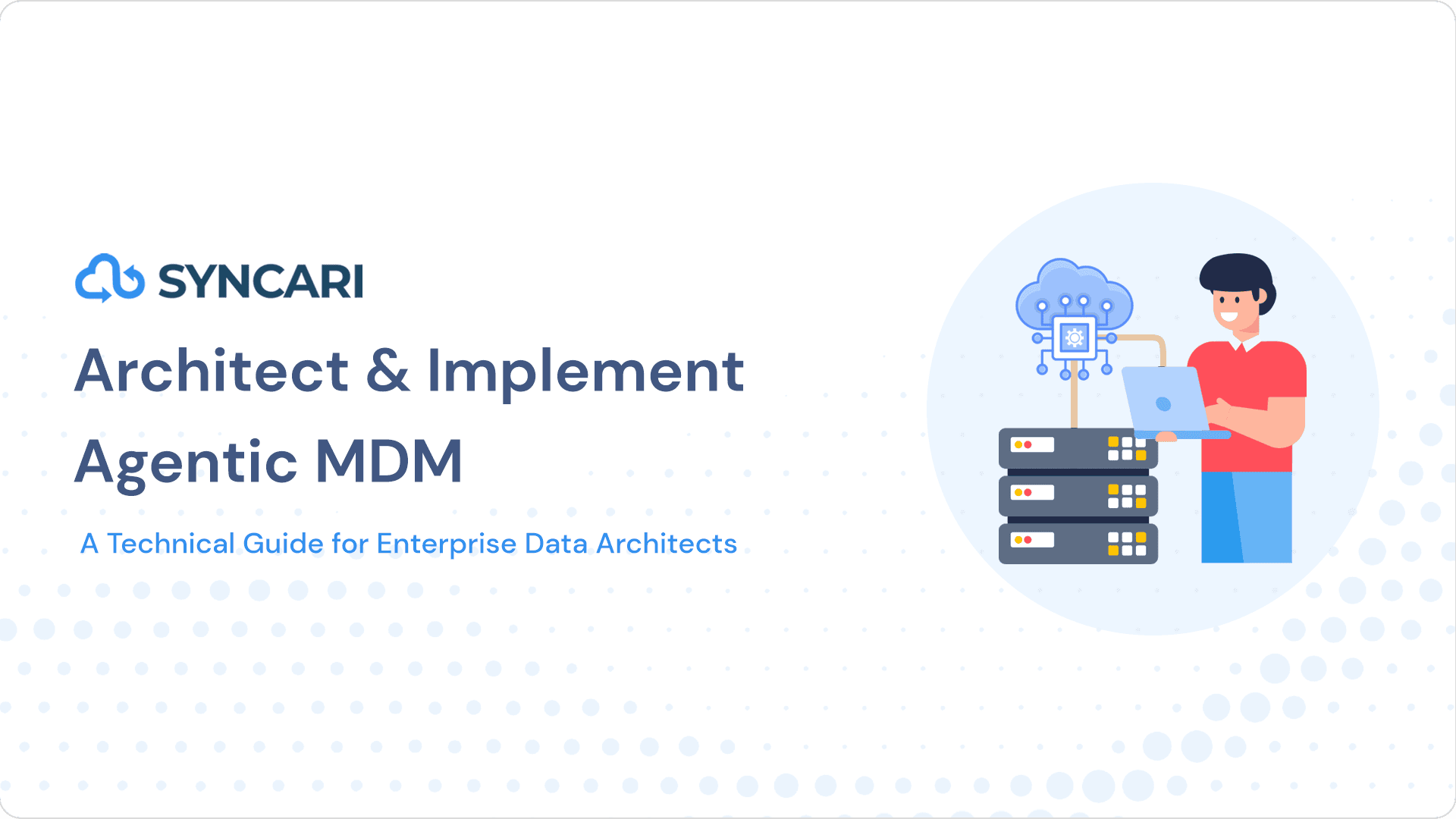I’ve noticed a trend as of late: RevOps professionals debating the best way to build a modern data stack. This may ruffle some feathers – but I think having RevOps build and manage a modern data stack is a terrible idea.
Before I explain why, let’s take a step back: what does a RevOps team need to be efficient and successful?
- Data consistency: Key systems in the GTM stack must agree on data
- Data quality: While what this means varies wildly from one org to another, generally speaking, the quality of data in all systems must be fit for use.
- Cross-system visibility and control: RevOps teams must have visibility into data and processes across systems and, even better, be able to manage and control them from a single place
- Multi-system analytics: RevOps teams must be able to report from a common, unified data and catalog plane, find inefficiencies, derive insights and make them available inside their GTM stack, so relevant people can both see these insights and take action.
- Bonus: Communal data: make this data available to a wider “data team” who now can focus on actual analysis and not wrangle with hygiene
Delivering on these needs continuously requires significant coordination of people with specialized skills, processes that cut across teams, and technology that already exists inside the business that isn’t well integrated today. If you then introduce 3-5 disjointed solutions in the modern data stack that also require siloed expertise and coordination, you’re setting yourself up to fail.
The problem is unfortunately a predictable one: people fall prey to the sunk cost fallacy when investing in a complex data architecture like the modern data stack. It becomes a matter of pride to make it a success even when it is clear the ROI is not there. Studies show only 20% of analytic insights deliver business value, and data science projects fail 87% of the time. I believe those numbers, because it maps to my personal experience.
So, while the intent of Modern Data Stack is good, we believe it demands too much from a RevOps team. It’s a distraction from their main objectives: improving revenue generation, decreasing opex, and empowering GTM teams to deliver differentiated customer experiences.
Hiring a data engineer or two to manage your RevOps modern data stack won’t help either. That pattern does not scale – just ask any currently under-staffed data team. According to TDWI research, 77% of business leaders recognized that “IT cannot keep up with business user requests for data.” A hard truth: this won’t be any different for RevOps teams.
This is also why we built Syncari – to help RevOps teams deliver high-quality, consistent data across the tech stack on a no-code platform that delivers out-of-the-box visibility and control of cross-system data and processes from one shared data hub. Our recently introduced Insights product adds multi-system analytics – giving RevOps teams everything they need, all in one place.




